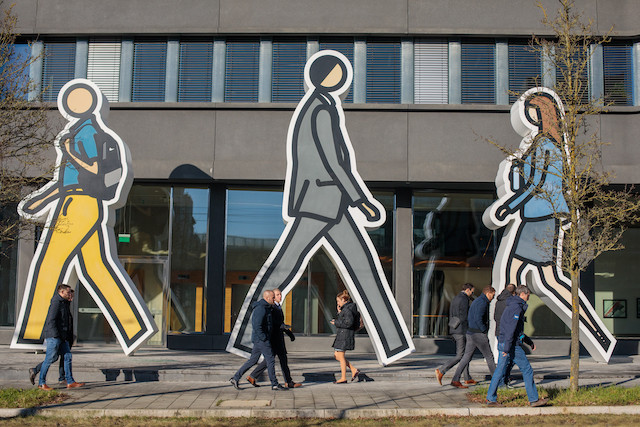In the first estimates of the impact the pandemic would have on Luxembourg, forecaster Statec had anticipated a decline in GDP of at least 6% in 2020, followed by 7% growth in 2021.
And even though the economy shrank less than expected last year--between 3.5% and 4.5% with the final assessment still forthcoming--recovery is proving more difficult with much of Europe still under some kind of lockdown and a slow start to the vaccine roll-out.
“Restrictions, where they are not tighter, have at least been prolonged and this configuration should remain in place until vaccinations have achieved a significant level,” Statec said in a report published on 26 January. “A notable reprise of economic activity in Europe under the current conditions seems mostly compromised, at least until summer 2021.”
The statistics body did not rule out that economic activity could fall further during the first quarter or first half of this year.
Statec expects difficult months ahead in the first quarter for the hospitality industry--with bars and restaurants still closed--but also retailers. Industry, construction, freight aviation and ICT appear more stable, Statec said, without yet providing more specific indicators.
It also noted a decline in new jobs being created. Financial sector jobs grew 1.4% between the third quarter of 2019 and the third quarter of 2020, below the 4% average of the two prior years. This number included jobs created because of Brexit.
More generally, nearly half (49%) of all people registered as unemployed in December 2020 had been so for 12 months or more. This was up from 44% in 2019. And while the number of newly registered jobseekers was relatively stable, the number of unemployed people grew because of fewer people finding jobs.
The number of jobseekers under the age of 25 increased 33% in 2020, Statec said, while the number of people with a higher education degree looking for work jumped 34%.
